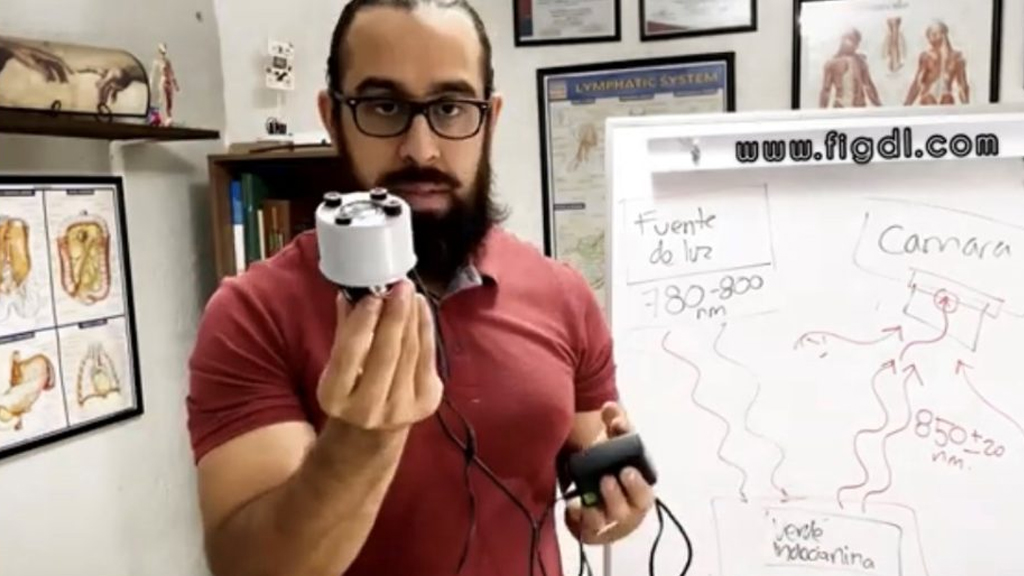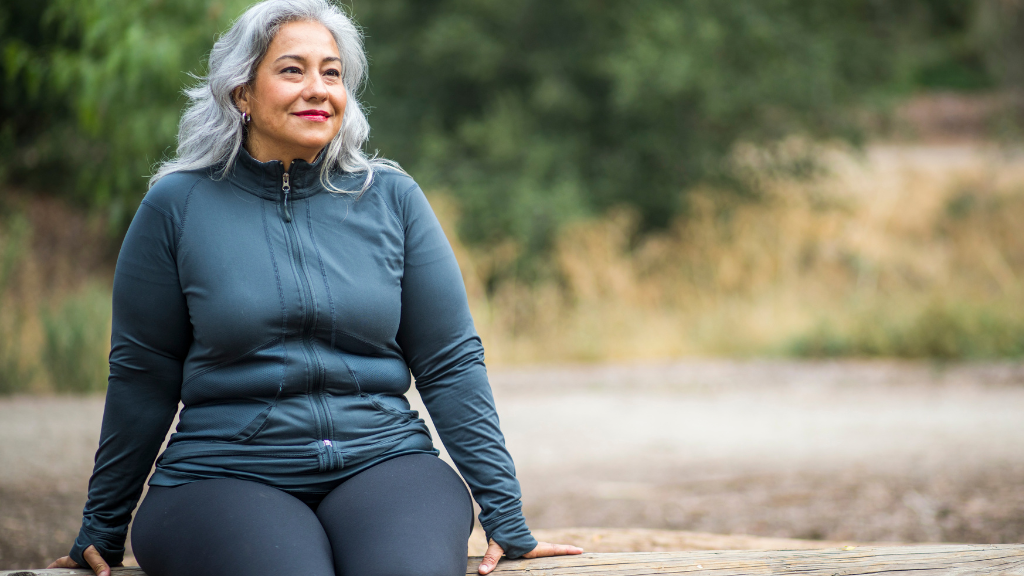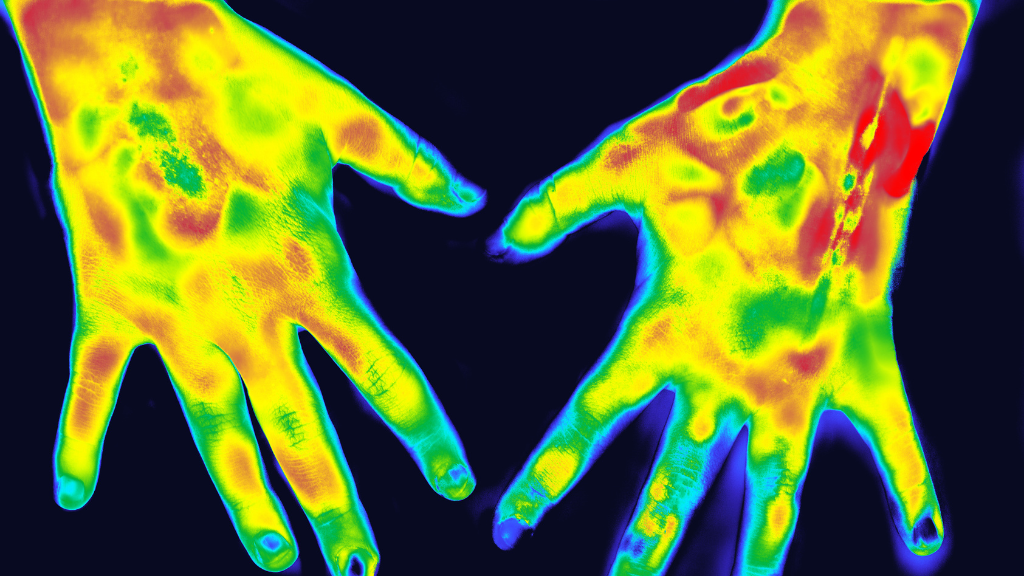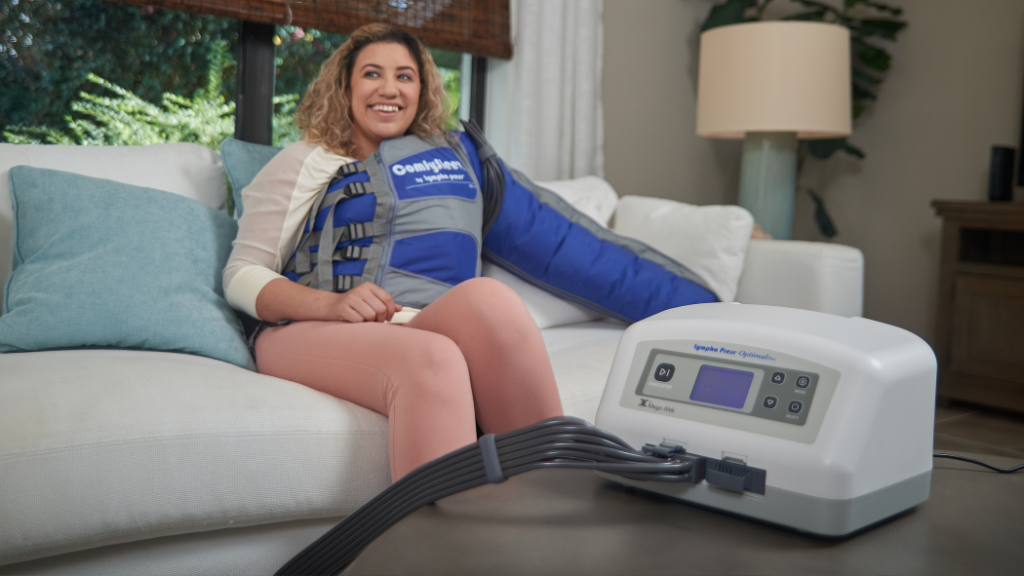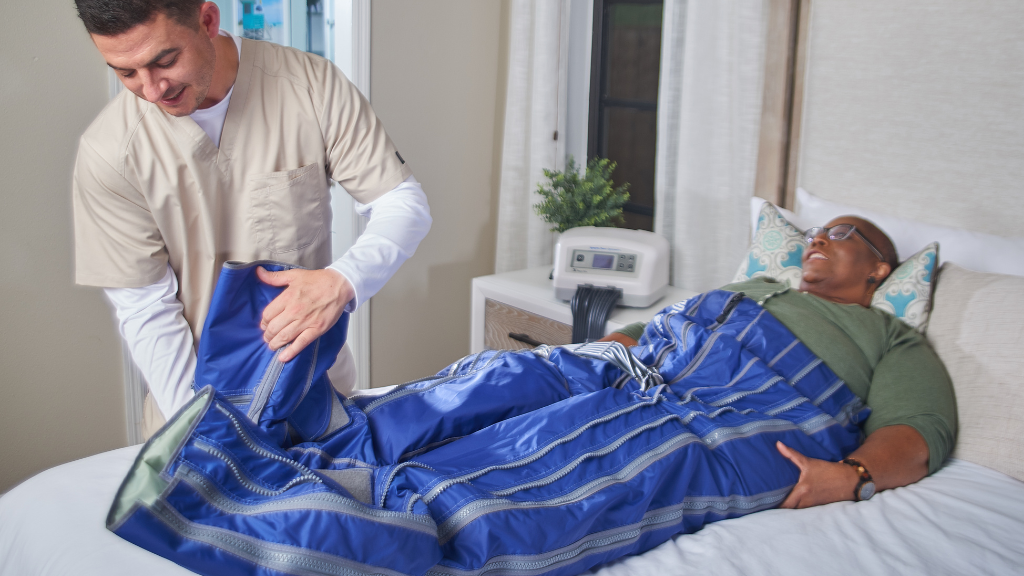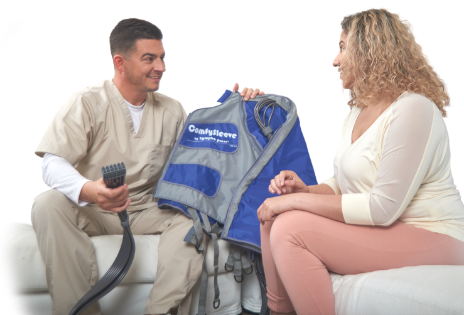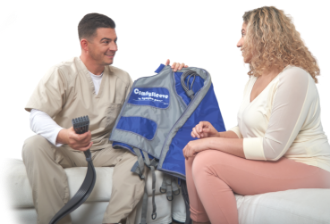By Luis López Montoya, PT, Physical Therapy Professor, Research Director at Fi Fisioterapia Integral SC
Luis López Montoya is a lymphedema and physical therapy expert based in Guadalajara, Mexico, who developed a revolutionary low-cost method of diagnosing lymphatic disease. His innovation is improving the lives of people in Mexico who wouldn’t otherwise have access to world-class lymphedema diagnostic technology. The article below is a 7-minute read.
My journey into studying lymphatics began eight years ago as I was finishing my studies in physical therapy. While there, I earned a scholarship to study lymphatic therapy at a university in Mexico.
At the time, it was the only academic program at the university related to lymphatic disease. Although my interest in the topic wasn’t strong, I gave it a chance, and I’m glad I did. The more I studied it, the more I became involved in and interested in the field.
After finishing my scholarship, I began to treat patients with cancer-related lymphedema. I was one of the only professionals doing so in my city in Mexico, and many patients began to arrive from public and private health services. The complexity of the cases expanded considerably.
This is what led to my treating primary lymphedema cases and complex lymphatic malformations, in addition to cancer-related lymphedema. Today, 95% of my practice is in these fields. As a trained physical therapist, my goal is to always keep the patient at the center of the treatment and make rehabilitation central to the goal.
The Role of Hope in the Treatment of Lymphedema
While the technical side of lymphedema treatment is critical, it’s important to point out that part of our role as lymphedema professionals is to give our patients hope. This is especially true for breast cancer patients who develop treatment-related lymphedema. Before I began my practice, it was wildly difficult to find information on how to treat these very special patients.
Perhaps that’s why I became somewhat obsessed with solving this particular problem — the problem of needing to give our patients hope, even in difficult conditions. By trying to solve the real problems of the real people coming to my clinic, I can give them hope in a situation that doesn’t always have a definitive solution.
The Inspiration Behind the NIR Device
As I expanded my knowledge about the various types of lymphedema treatment around the world, I traveled from Mexico to Brazil to observe how they helped their lymphedema patients. What I observed were solutions that couldn’t always be adapted for my patients in Mexico. The population is different, the social situation is different, the health services are different, and even the style of teamwork is different.
Also, evidence-based medicine, by its very nature, changes over time. As new evidence comes along to solve things more efficiently and create better clinical conditions, evidence-based medicine evolves too. That’s why I always keep in mind that “an individualized intervention is better than a fixed recipe.”
It’s in this spirit that I developed a low-cost version of a device traditionally used for diagnosing lymphedema and lymphatic diseases. A non-radioactive fluorescent dye called indocyanine green is injected under the patient’s skin and absorbed through lymphatic capillaries. Using near infrared light, we’re able to see the superficial lymphatics glow in real-time through the patient’s body. This allows us to identify early lymphedema patients and predict how their lymphedema will likely spread.
I tried to order one of these machines for delivery in Mexico, and they refused to send one due to export-import permissions. So instead of fighting this battle, I decided to put my energy into replicating the Near Infrared (NIR) lymphatic imaging device using available components such as a customized laser and a modified webcam.
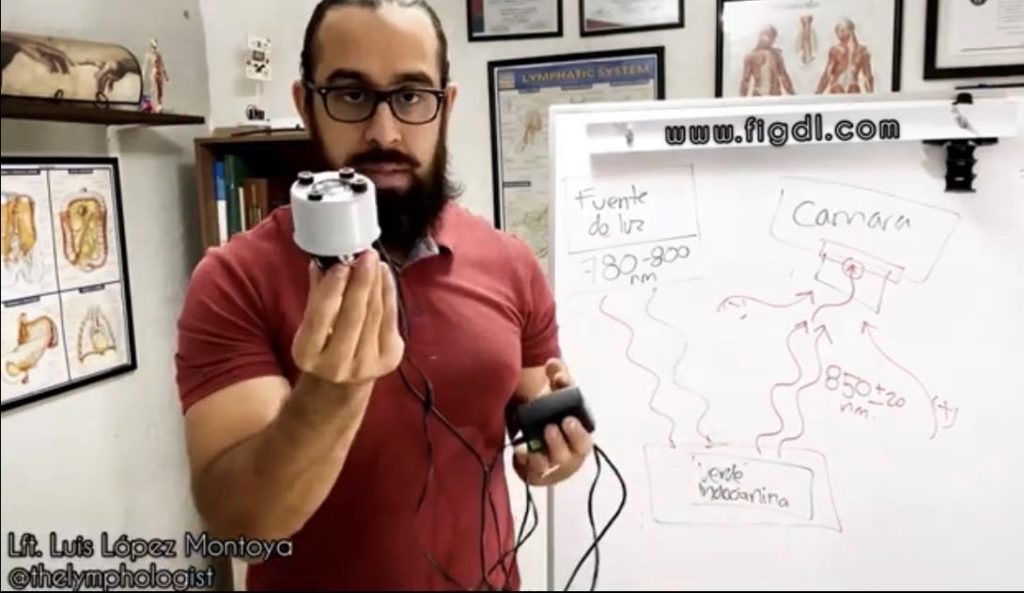
Thinking Creatively as a Healthcare Professional
The home-made NIR device is a user-friendly and low-cost solution for a health services environment where resources are limited. In economic situations where traditional lymphatic imaging is cost-prohibitive, the home-made NIR provides an accessible option because the total cost, including all components, is $375 USD.
So far, the device has made a huge difference for our patients. In Mexico, we have close to 130 million people — 70% of which live in poverty or near-poverty. Public health services simply can’t solve complex lymphatic problems.
Although I don’t sell the device with commercial purposes, which would be prohibited until I have proper registration and permission for massive selling for this kind of device, my practice is permitted to use it for clinical use, research and development. Plus, I’m not interested in creating or selling something that only 10% of the population could ever hope to buy. My goal is to help 80% or more of the population, even if it’s not economically lucrative for me personally. It’s more important to help clinicians who, in turn, help their patients.
As healthcare professionals, we need to be a community that solves problems like these. We shouldn’t expect the government, scientists, or other clinicians to just step in and give us a solution. If we have a problem that impacts our patients, we should take the leading role in investigating and solving it. This kind of creativity should always be part of our working philosophy.
About Luis López Montoya
Luis López Montoya is trained as a physical therapist and is a postgraduate professor in physical therapy at severe universities in Mexico. In his role as the research director at Fi Fisioterapia Integral SC in Guadalajara, he’s leading a team researching the connections among the fields of lymphology, oncology, vascular peripheral rehabilitation, and physiotherapy.
This article has been produced by Lympha Press. For more than 40 years, Lympha Press has provided innovative compression pump home therapy equipment that supports the best possible patient outcomes.
